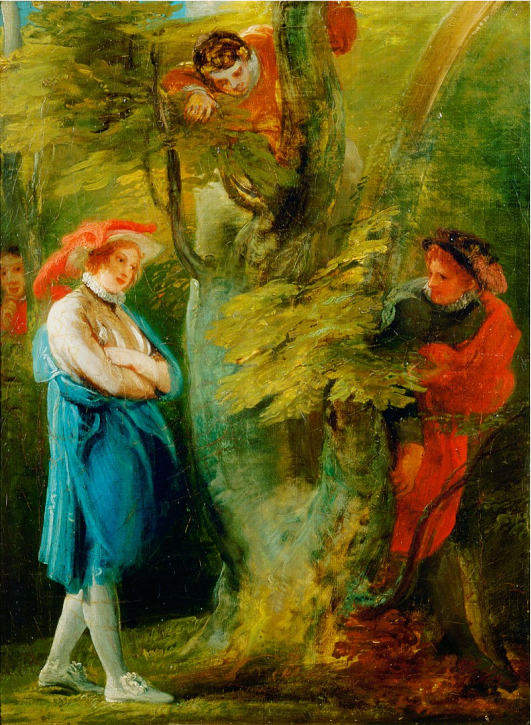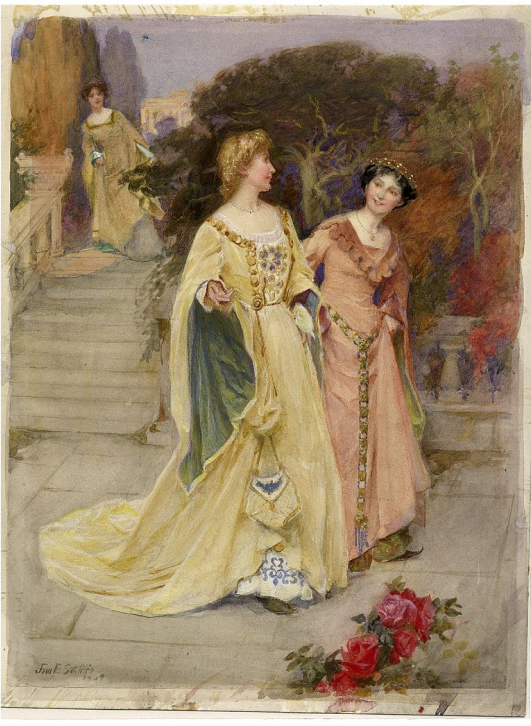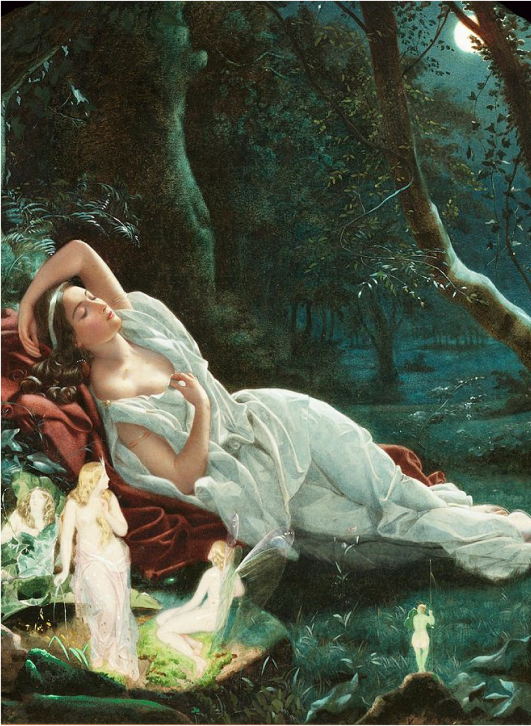william shakespeare
King of Theater
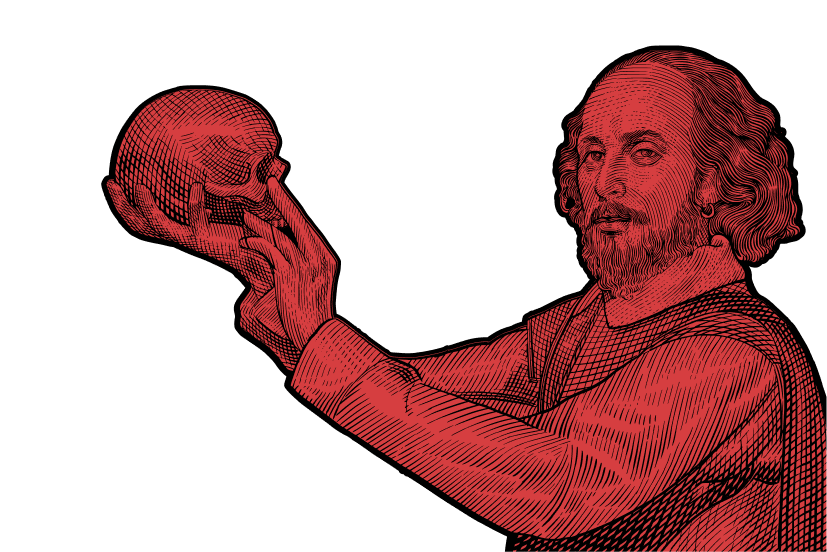
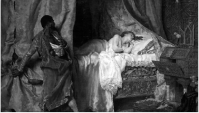
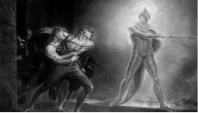
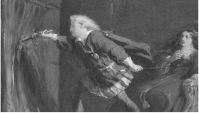
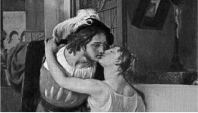
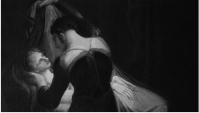











































































William Shakespeare is undoubtedly one of the most influential figures in English literature and the performing arts. Obsessed with the complex relationships between lovers, royals and their people, and family, Shakespeare exhibits the internal and external factors that evoke feelings of deceit, love, and jealousy.
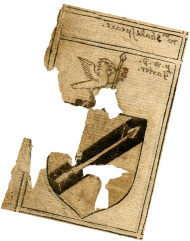
He redefined rules in 16th-17th century theater by exposing the inner monologue of his characters and introducing fantastical, often magical, individuals and locations.
While much of Shakespeare’s success falls on consistent authenticity, his dedication to expert wordplay and beautifully spoken dialogues set him apart from other playwrights of the time. His words can have many meanings, allowing spectators to generate their own interpretations of his stories.
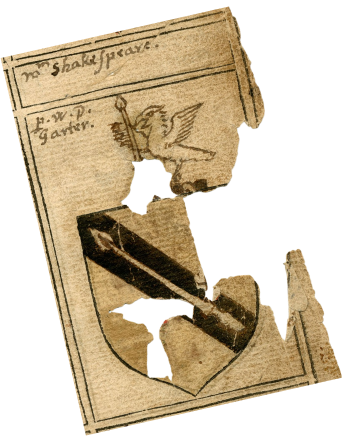
To this day, Shakespeare’s name remains prevalent in literature, performing art, music, and film. So, what makes William Shakespeare such a staple playwright, how did he rise to such fame, and why does that influence extend to audiences worldwide?
Shakespeare’s name remains
prevalent in


Literature

Performing Arts

Music

Film
We’ve got the answers. Entrench yourself in all things Shakespeare as we uncover his early life and influences, describe his success in London, list his most renowned works with synopses, acknowledge his contribution to English, identify modern adaptations, and highlight common criticisms.

Early Life &
Influences
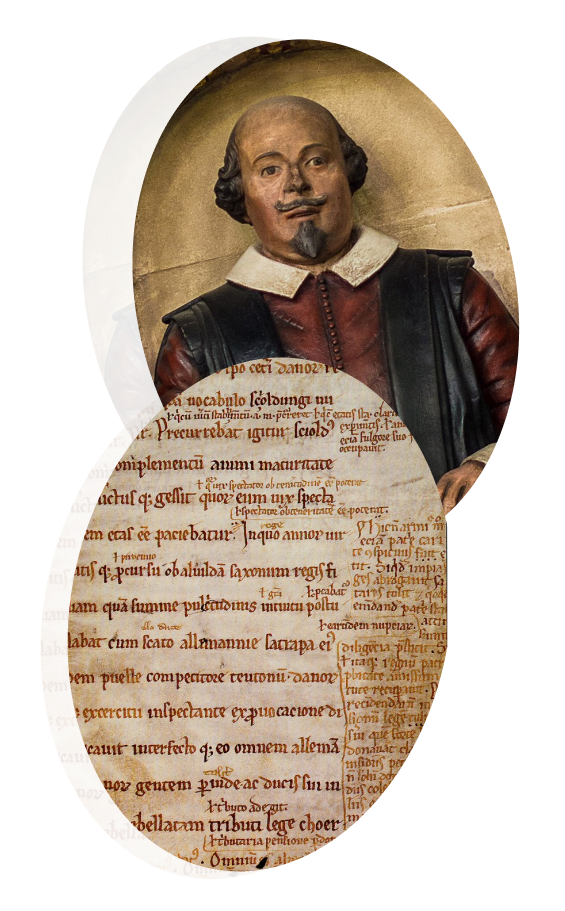
1564
In 1564, William Shakespeare was born into Stratford-Upon-Avon, Warwickshire, nestled within the glorious British countryside. His parents, Mary and John Shakespeare, were considered an honorable, middle-class family, putting William in good social standing from birth.
His father, John, held numerous well-respected jobs, including constable, ale taster, and high bailiff, with the latter sharing the same status as mayor. Shakespeare’s mother, Mary nee Arden, was the daughter of a wealthy farmer, Robert Arden, who held an honorable position in the Guild of the Holy Cross. Mary took the role of executor of Robert Arden’s will, suggesting she was highly literate, which may have benefitted Shakespeare’s upbringing.
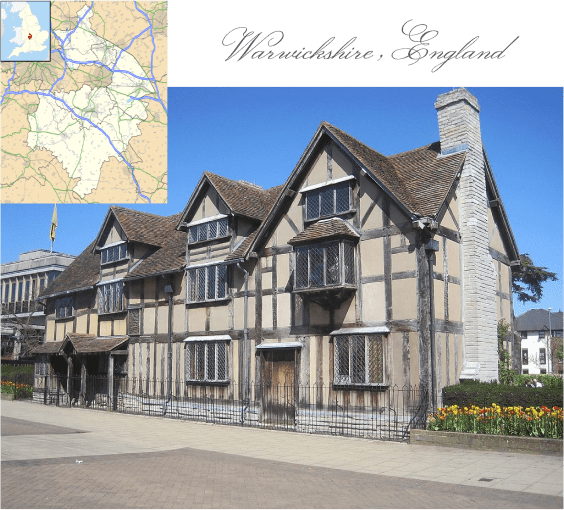
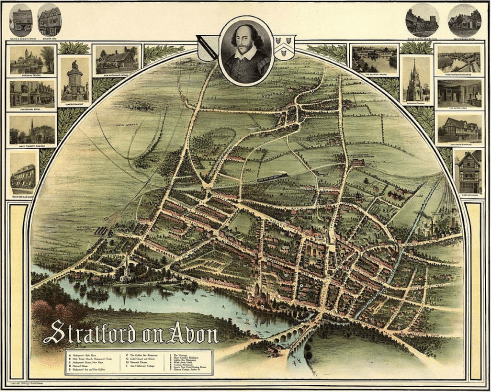
the black death
Ravaged upto
of the English population
Although the Shakespeare household seemed conventional and peaceful, the situation in Elizabethan England was more than dire. William was born just a few months after a fatal outbreak of the bubonic plague, also known as the black death, which ravaged up to 40% of the English population.
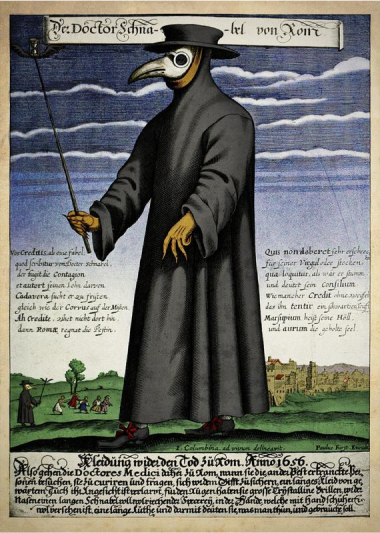
Final records of the plague were made in 1679, indicating that the great illness was prevalent throughout Shakeseare’s life. You’ll find acknowledgments of the agonizing disease in some of his playwrights that may seem subtle to the modern observer reading between the lines but perfectly clear to spectators of Elizabethan England.
In fact, the world-renowned story of Romeo and Juliet pays homage to the plague, with Friar Laurence speaking,

Where the infectious pestilence did reign, Sealed up the doors and would not let us forth, so that my speed to Mantua there was stayed.
– Friar Laurence from Romeo & Juliet
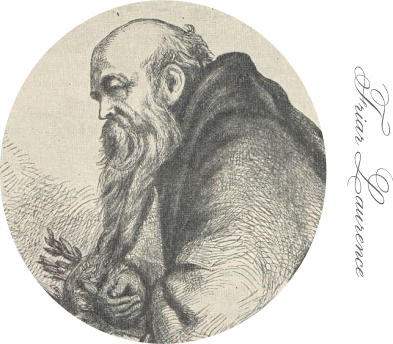
Plus, further symbolic descriptions, like “In my corrupted blood.”
Education
1560’s
Educational Revolution In England
The 1560s marked a significant start of the educational revolution in England, expanding the demand for vocational training, professional classes, and clergy. It’s thought that Shakespeare, aged 6, entered education at the King’s New School, a grammar school situated a short walk from his Henley Street home. His father’s position in the community and governing bodies likely secured his spot in this school.
The curriculum during his time focused on readings of the Lord’s Prayer and the Ten Commandments written on single-sided wooden tablets named hornbooks.
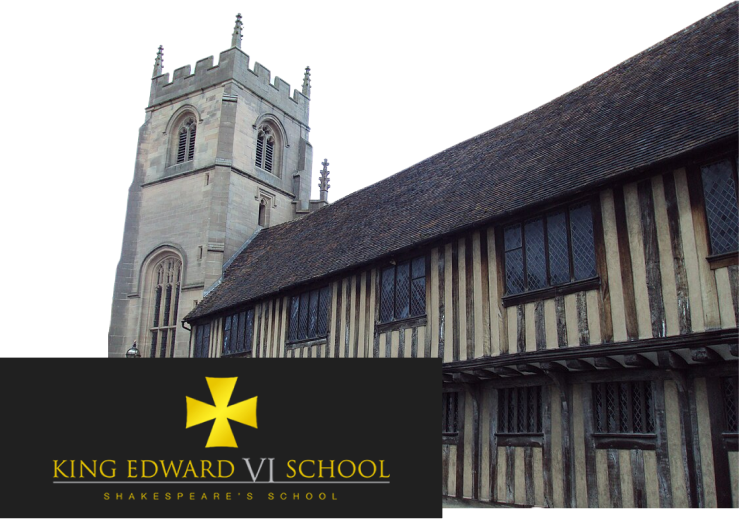
Latin literature
Shakespeare would have studied Latin literature, including classic prose and poetry, writing, and reenactment of memorable plays. Professional services in law and medical sectors used Latin, so it was considered an essential study. It also bled into lessons on grammatical correctness, logic, music, and arithmetics. We see consistent use of Latin descriptors and verbs throughout Shakespeare’s plays and poetry, such as “censor,” a term we modernly recognize as “to judge.”
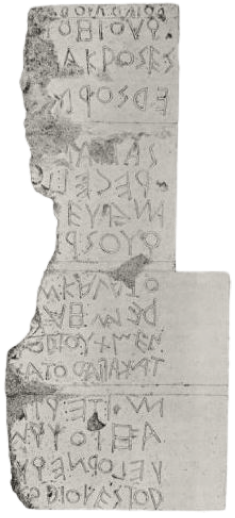
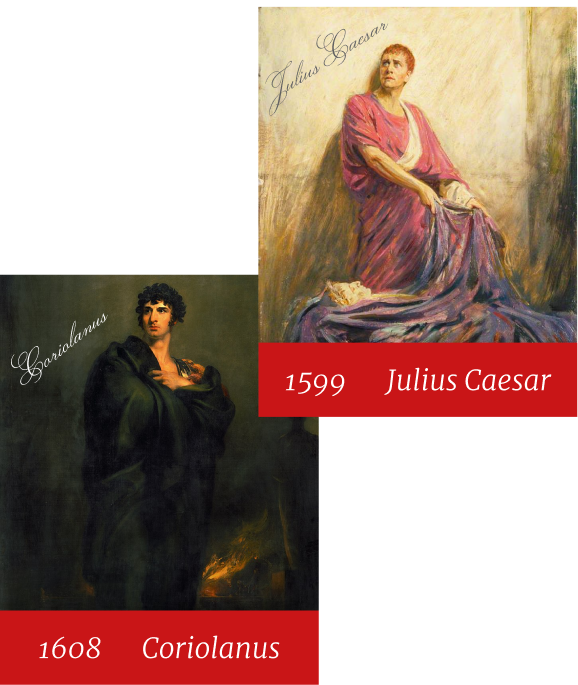
An immense focus on the Latin language also divulged many insights into the history of Romans, ancient Greek mythology, and the English monarchy. Related themes of myth, creation, conquer, pageantry, and tragedy became prevalent in much of Shakespeare’s work, such as Julius Caesar (1599) and Coriolanus (1608).
The school’s end-of-term classical play recitals are considered Shakespeare’s first direct interaction with theater-inspired performances. Here, he’d learn the art of transferring script-written lines into vocal dialogue and adopting a new character persona.
In the 1570s, financial problems hit John Shakespeare, who feared arrest for debt and illegal trading, forcing William to leave school at 15.
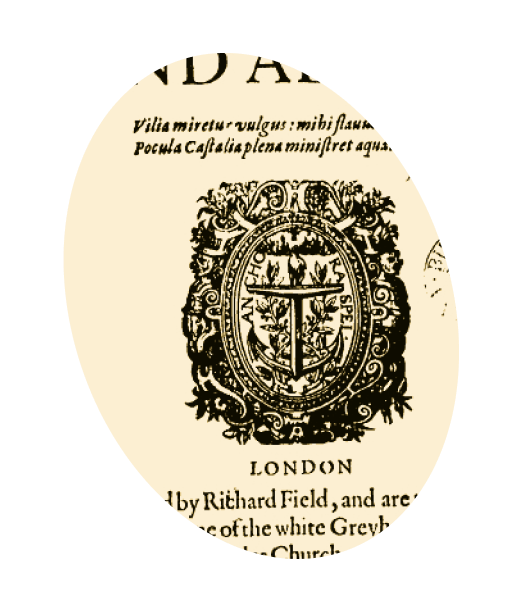
Rise to Fame in
the London
Theater Scene
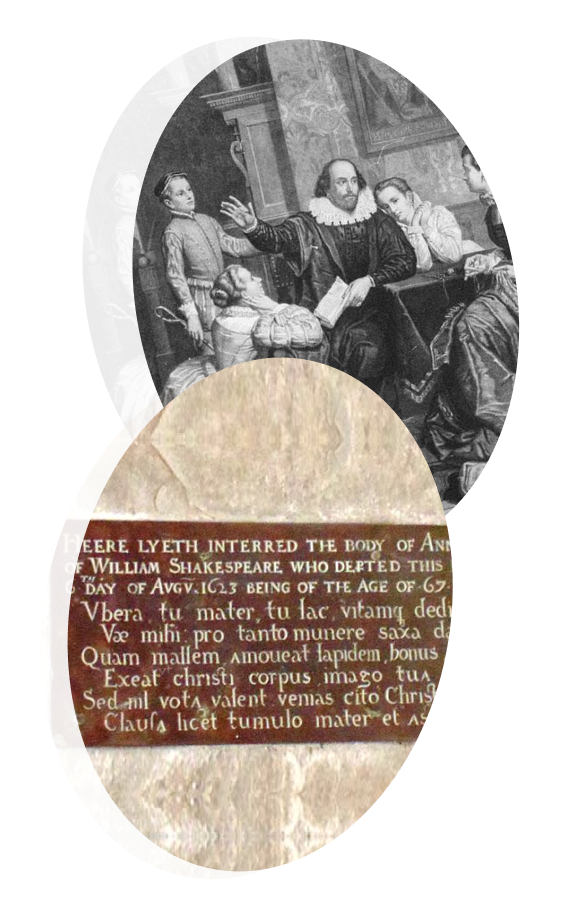
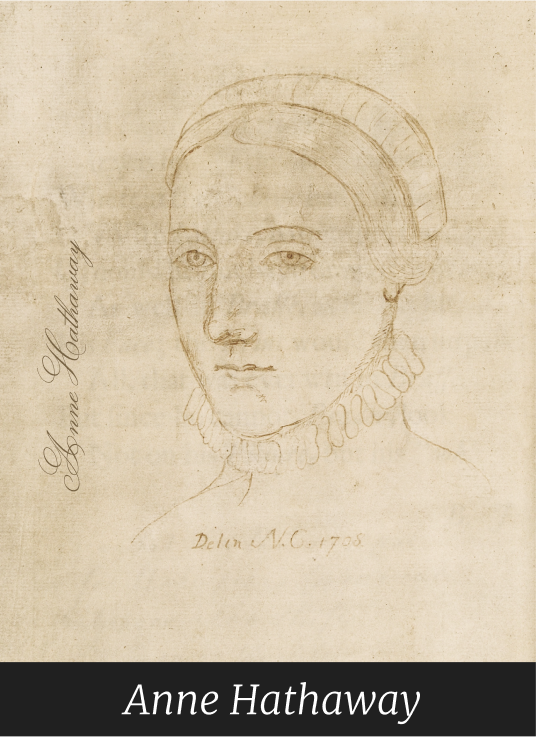
1582
William Shakespeare married Anne Hathaway in 1582. Anne was an independent woman whose parents had both passed away, giving her full autonomy over the wealth and properties that she inherited. The pair gave birth to three children– their eldest, Susanna, and twins Judith and Hamnet.
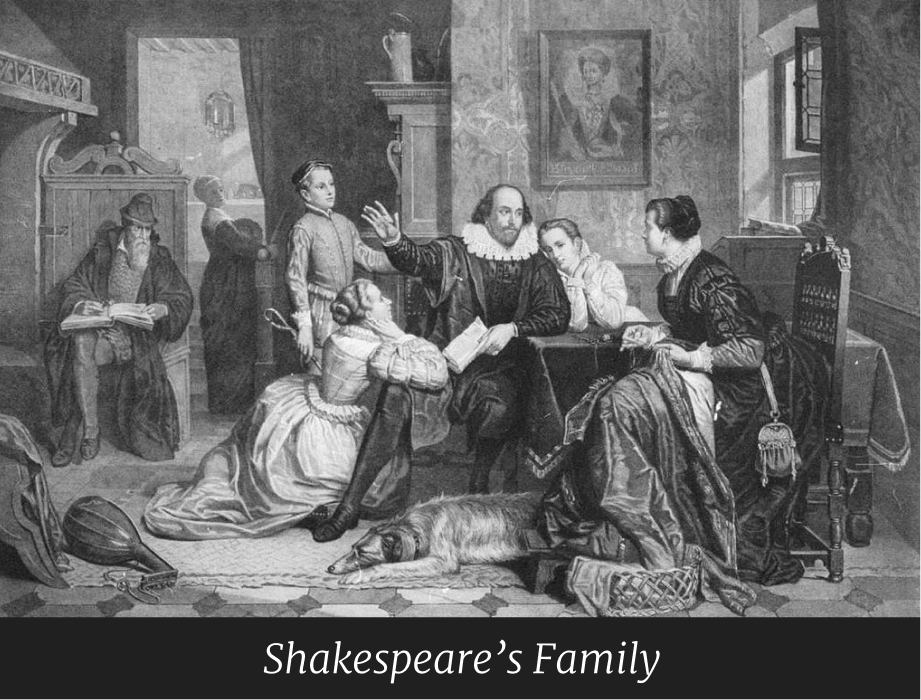
Much of Shakespeare’s life surrounding marriage and the birth of his children remains unclear–these are called the lost years. After the twins’ baptism, 1590 flags Shakespeare’s next movements as he takes residence in London. Theorists hold various thoughts about why and how he left for London, including to conceal his Catholic beliefs, escape lawful implications from deer hunting, or join a performing troupe.
Life in lONDON
Henry VI Play
Shakespeare’s time in London signifies a beacon in the reformation of playhouses and theaters. By 1592, he was a recognized playwright and actor with the release of his earliest plays, Henry VI Parts 1–3, between 1589 and 1591.
Revolutionary to entertainment, this playwright series displays the first adaptation of real-life events in English history. Here, Shakespeare depicts the wars of maintaining French territories obtained by the late Henry V and the struggles of conflict between British families of York and Lancaster over ownership of the throne.
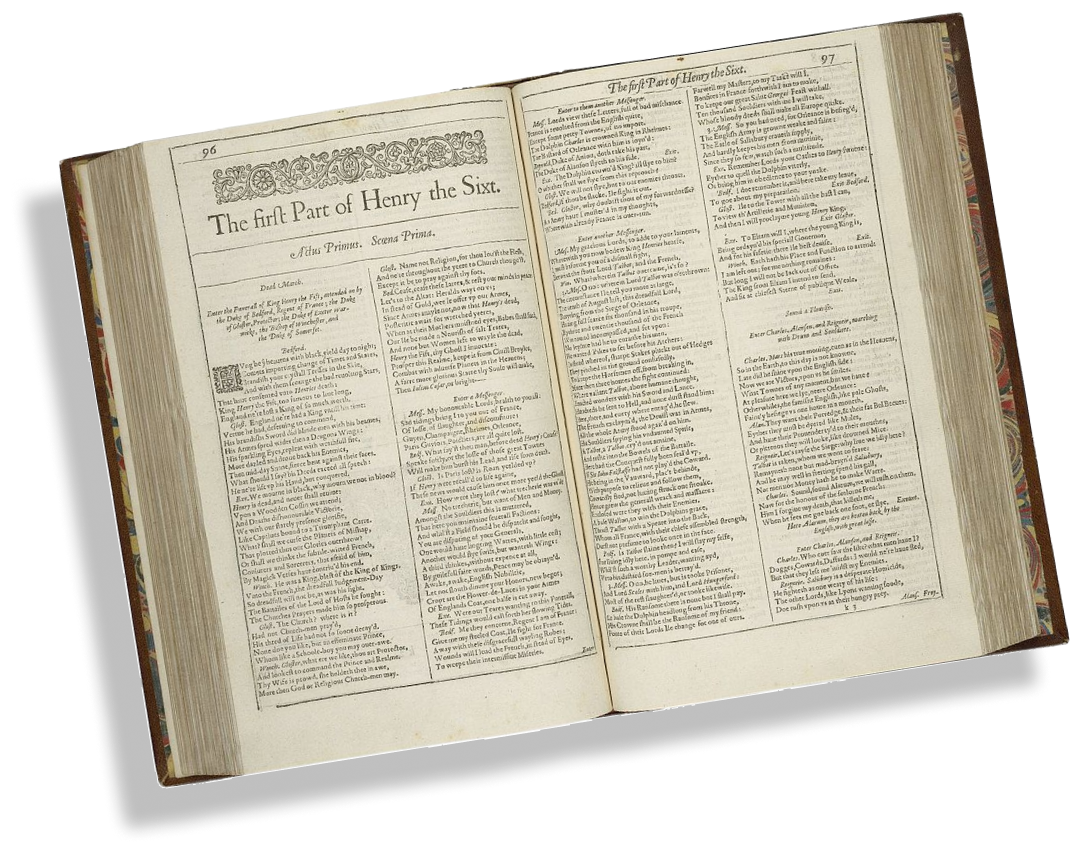
Shakespeare juxtaposes the King’s life of conflict with his true compatibility with peace and sensitivity. For the first time, spectators got a taste of monarch affairs. They’d witness a rendition of how they speak, strategize, and feel.
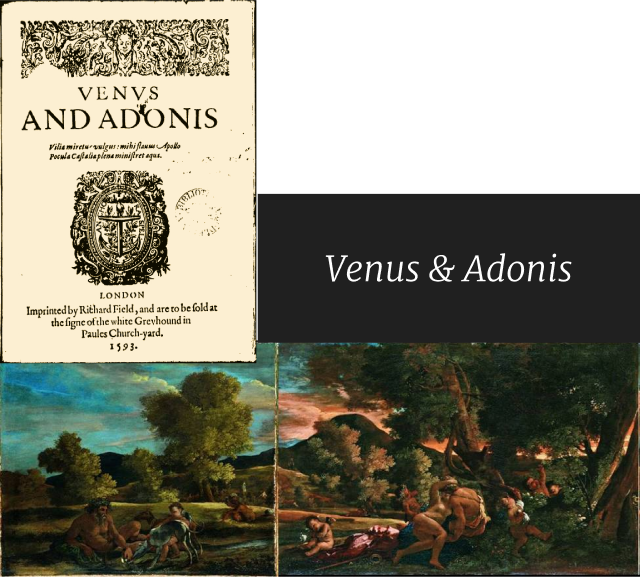
Venus and Adonis, & Lucrece
Venus and Adonis, and Lucrece were the first minor epic poems Shakespeare published. The former explores themes of unrequited love and seduction. Lurece handles a more delicate story. It portrays the feelings of sexual shame of Lurece, the wife of a Rome consul, following the sexual abuse from Tarquin, the King’s son.
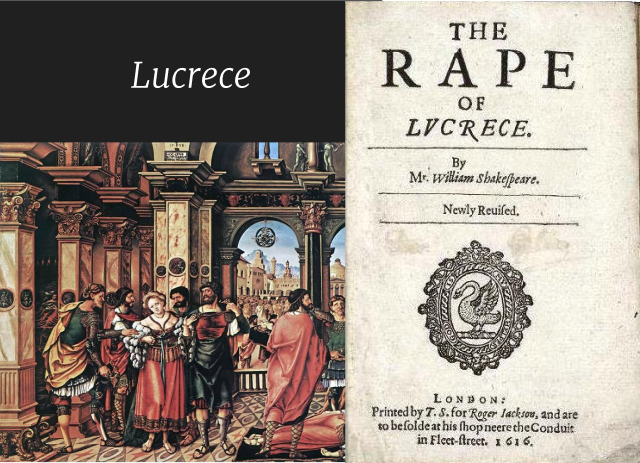
Besides his commitment to the performing arts, Shakespeare had an eye for business. As the bubonic plague abated, theaters could remain open, opening significantly more opportunities for talented actors–not to mention a thirst for entertainment. Actors’ prior companies consolidated due to unpredictability and financial hardship during hard plague outbreaks—considerable talent combined to join a new company.
Lord
Chamberlain's Men
Lord Chamberlain, known by birth as Henry Carey, became the original patron of the Lord Chamberlain’s Men before his predecessor and son, George Carey, took the role and relaunched the company in 1594.
During this time, William Shakespeare joined the company as a dedicated actor and playwright and is now connected as a dramatist. Eventually, Shakespeare bought shares in Lord Chamberlain’s Men, putting him in a financially sound position and strengthening the bond between himself and the actors featured in his plays.
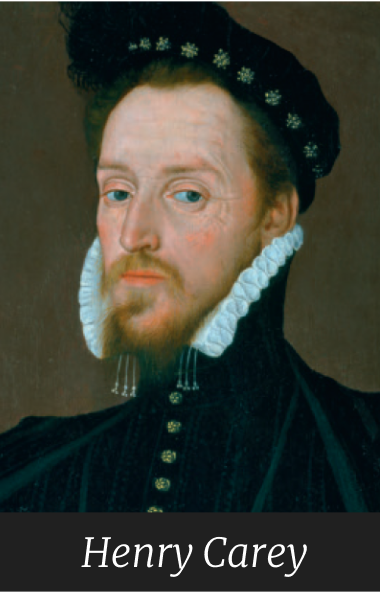
The Globe Theater
Scholars believe this was a significant milestone in Shakespeare’s career, as, for the first time, he could tailor his plays to suit the actors he now knew so well. Spectators started to see new forms of writing from Shakespeare, as shown through the release of A Midsummer Night’s Dream, performed at the iconic Globe Theater.
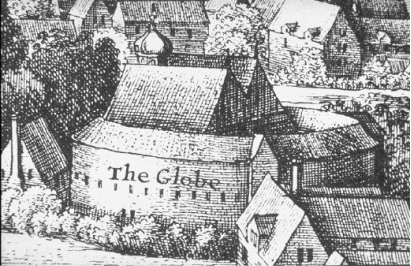
His beloved production veered from real history and illustrated themes of love, magic, fairies, and comedy. Fantastical characters undergo overarching character development as they depict feelings of compassion, jealousy, and expression.
Magic was a highly taboo topic during the Elizabethan era, so Shakespeare’s beautiful portrayal of these themes left spectators astonished and most certainly entertained.
As King James I came into power in 1603, he took royal patronage of the Lord Chamberlain’s Men, renaming it to the King’s Men. Still, Shakespeare’s prosperous position remained unchanged, enabling him to create plays, sonnets, tragedies, comedies, and romances.
Overview of Iconic
Works
Shakespeare’s career progresses as his plays delve into three primary categories: histories, tragedies, and comedies. He cleverly weaves common themes of romance, jealousy, power, sensitivity, and deceit. Much of his work reveals the dark truths of historical figures and one’s own emotions through affairs or villainous ruling.
Stick with us as we outline Shakespeare’s most renowned work that still influences modern literature with the dates historians believe he wrote them.
Histories
Shakespeare’s early career is closely connected to retelling dramatized versions of real historical events, typically through the lens of English monarchs. He probes royal minds, portraying them with complex emotions and inspiring people to reflect on the relationship between royals and the people.
Shakespeare spoke the unspeakable in front of eminent royals, like Queen Elizabeth I, causing controversy that totally absorbed the interests of his spectators. Nonetheless, the Queen’s support undoubtedly contributed to his broader popularity.
1593
Richard III
Richard III is portrayed as a murderous, ruthless monarch who cruelly disposes of his siblings and nephews to clear his path and secure the throne. Despite his relentless Richard III’s fate lies in the hands of Henry Tudor, who curates an army against mad Richard. Before the battle, the ghosts of Richard’s past haunt him and bless Henry. Henry imposes a fatal blow on Richard during battle and takes the throne as Henry VII.
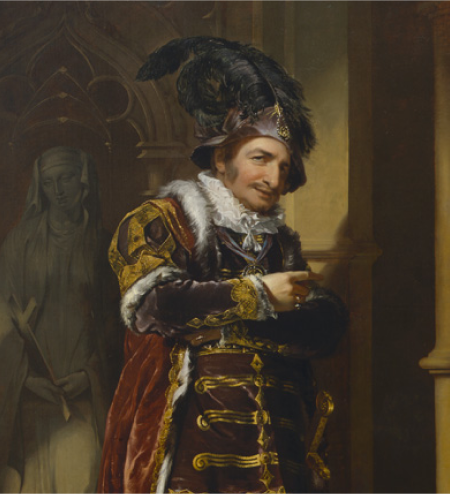
1595
Richard II
This five-act play uncovers Richard II’s greed for power and authority, highlighting the severe impact such motivations had on England. The play opens with Richard II exiling his cousin, Henry Bolingbroke, who’s also Duke of Lancaster’s son. Shakespeare displays the people’s welcoming relationship with Henry as he returns with an equipped army, recruiting as he travels, juxtaposing the English’s apprehension for Richard.
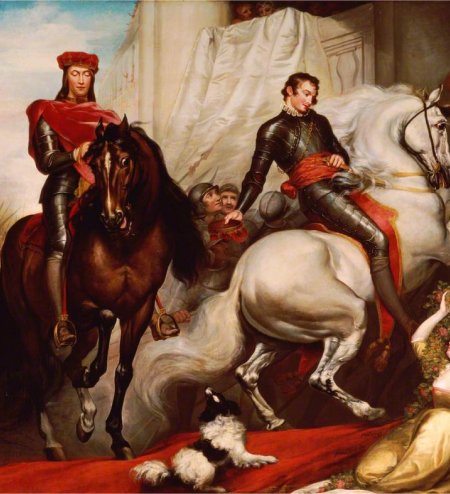
1596–1598
Henry IV Part 1–2
Henry IV follows from the events at the end of Richard II. It gave audiences a greater reason to return and a lust for knowing what happens next. Shakespeare explores a new set of battles and subtly comments on the ongoing cycle the fight for the throne holds on England.
Here, Henry and his son, Hal, are matched with new enemies, including Welsh rebels and a former ally. Henry’s son has an interesting redemption arc, which we rarely see with royal characters–he reinforces his father’s power by killing his opposers in battle. Finally, a King survives this play.
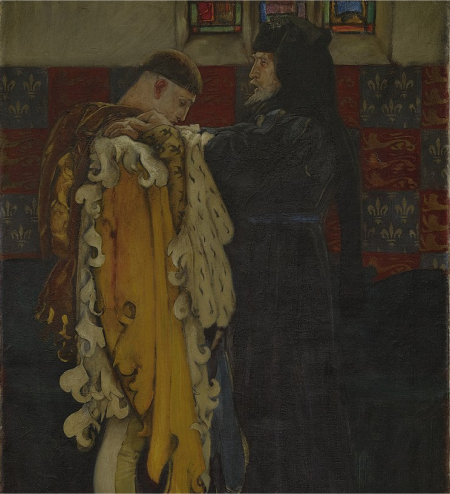
1599
Julius Caesar
The historical yet tragic story of Julius Caesar displays themes of ambition, power, fate, and betrayal. It revolves around Caesar’s return to his city and being lured to death by his opposers, Brutus and Cassius. Foreshadowing of “Men at some time are masters of their fates” comes into play as Brutus and Cassius fall victim to suicide or death during a battle against Mark Antony following Caesar’s murder.
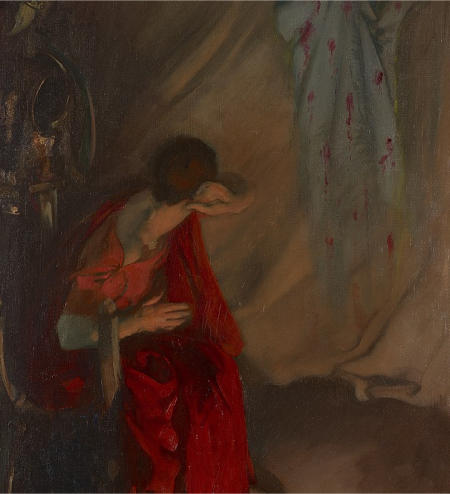
Tragedies
Tragedies evoke compassion and despair for protagonists flawed with undesirable characteristics, like jealousy or greed. Shakespeare famously weaves dramatic irony into these plays, enhancing tension as spectators secretly know the main character’s fate is dire.
Characters often toy with their moral compass in a battle between good and evil, whether through internal conflict, such as resisting temptation, or external turmoil, like going against the family.
1595
Romeo & Juliet
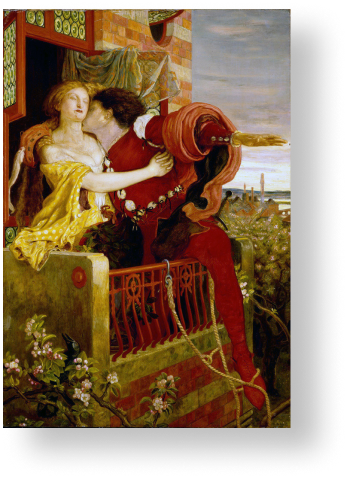
The world-renowned tale of two star-crossed lovers is known by many and is often considered Shakespeare’s most famous play.
It’s a timeless story of forbidden love that breaks the boundaries of two feuding families, the Capulets and Montagues. It celebrates the ferocity of young love and recklessness, leading to the pair’s suicide. This tragedy catalyzes reconciliation between the families.
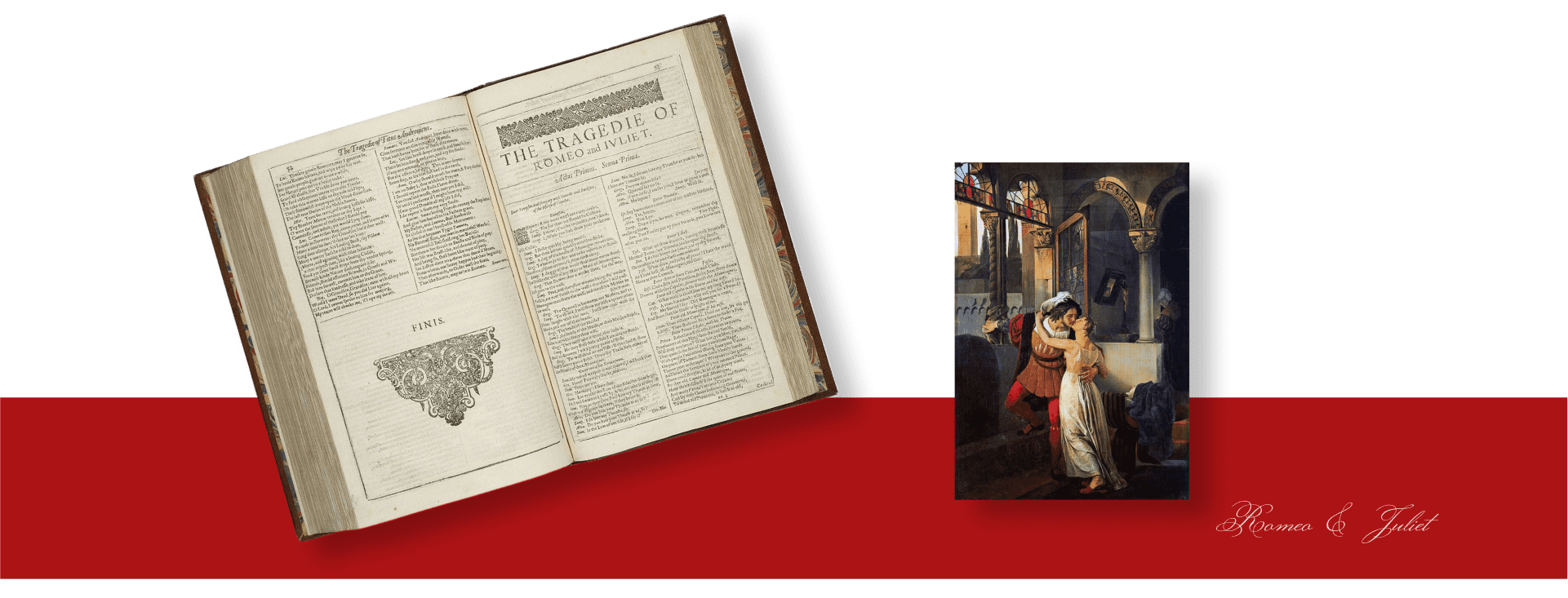
1603
Othello
The play exhibits the spiteful and destructive nature of jealousy and manipulation as Othello feeds into malicious lies about his wife’s infidelity whispered by his comrade, Lago.
The play shows the breakdown of marital vows, including trust, compelling Othello to murder his noble wife, Desdemona.
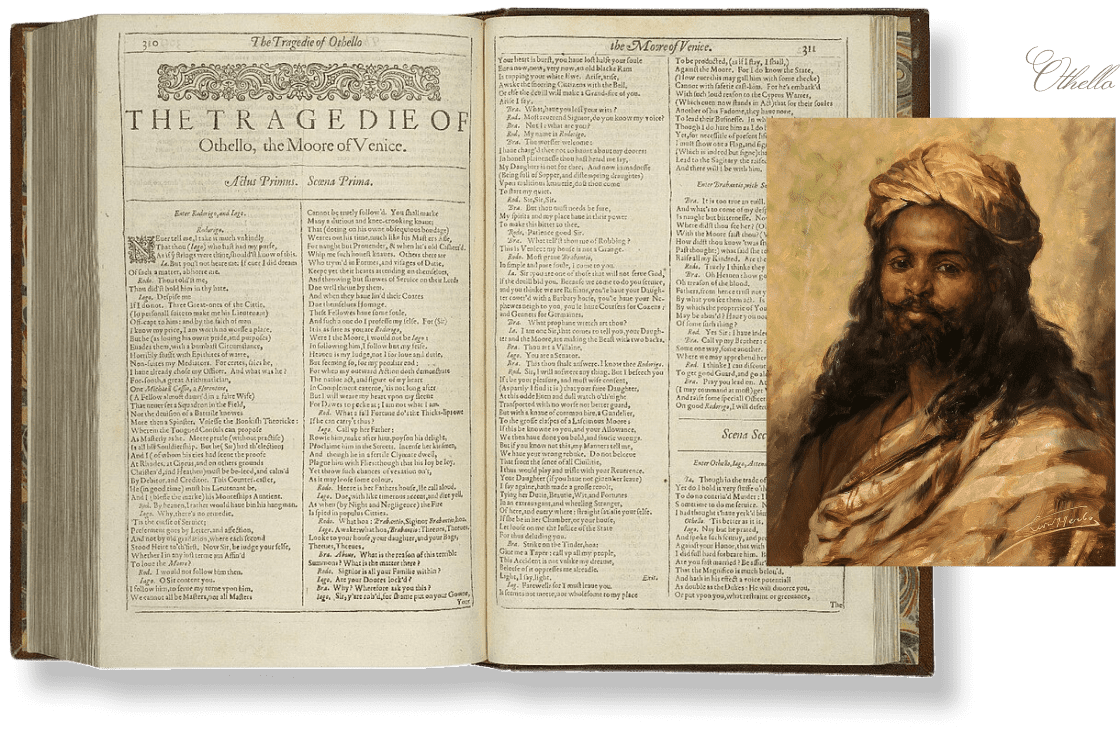
1606
Macbeth
Shakespeare dedicated Macbeth to King James I. Scholars now suggest it warranted a warning of the corruption that follows abuse of power and political violence.
Macbeth crosses the line between ambition and greed as he’s subject to prophecies of three witches telling him he’ll be the Scottish King. There’s an overarching theme of death throughout, as his wife encourages Macbeth to kill the existing King, resulting in his own downfall and civil unrest.
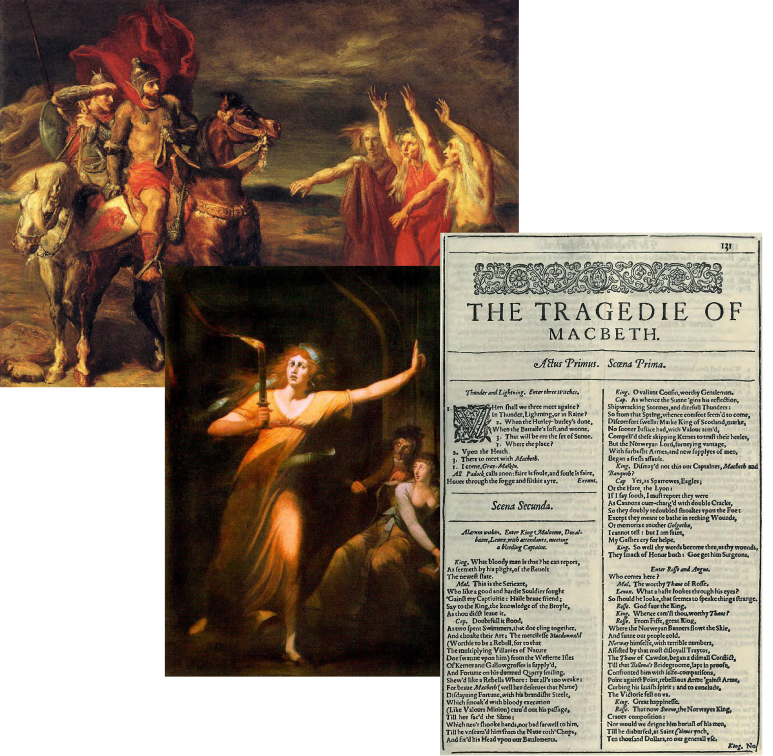
Comedies
Comedy in the 16th century was sometimes considered a “lower genre.” Shakespeare reformed this view by incorporating irony, wit, and expressing inner monologues out loud. His clever use of language and metaphors contributed to an enjoyable experience. As the audience reels from various plot twists, they typically have a satisfactory ending.
Sonnets
Shakespeare published 154 sonnets, a poem containing a stanza of 14 lines spoken in iambic pentameter (typically 10 syllables per line).
Shakespeare embellishes his sonnets with similar themes as his plays. However, they usually feel addressed to specific individuals–it’s unclear whether recipients were real or hypothetical.
His renowned sonnets are incredibly thought-provoking, often comprising elusive language open to interpretation. His early renditions, The Fair Youth Sonnets, seem directed at a young male tinkling with the idea of a conventional life–marrying and reproducing.
Later sonnets contain messages of femininity, perhaps portraying the idea of the ideal lover or woman known by literates as the Dark Lady. To some degree, they perhaps form an autobiography, as it’s thought that Shakespeare draws on his own personal feelings and experiences.
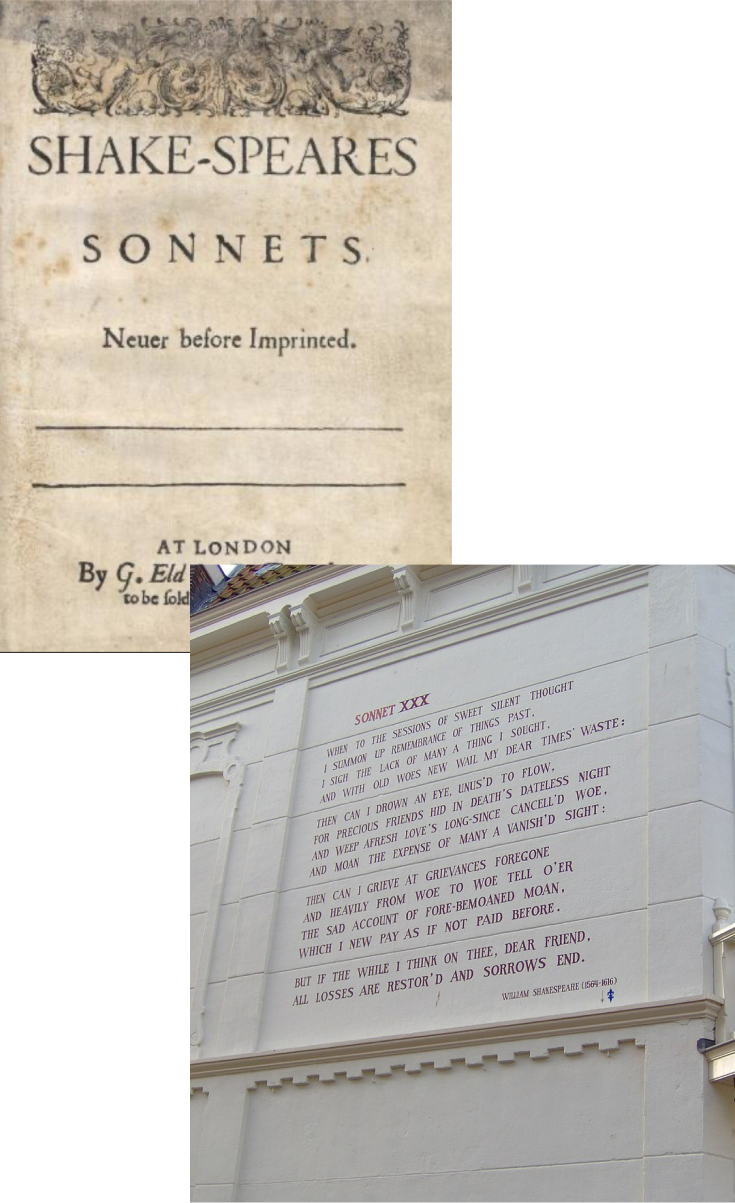
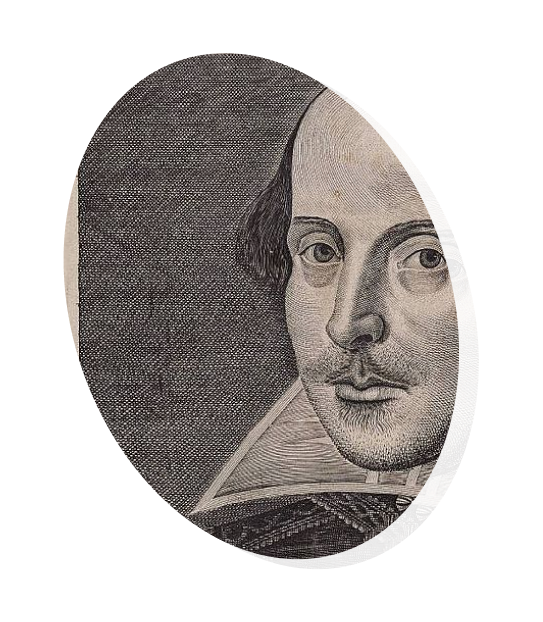
Shakespeare's
Contribution to
Modern English
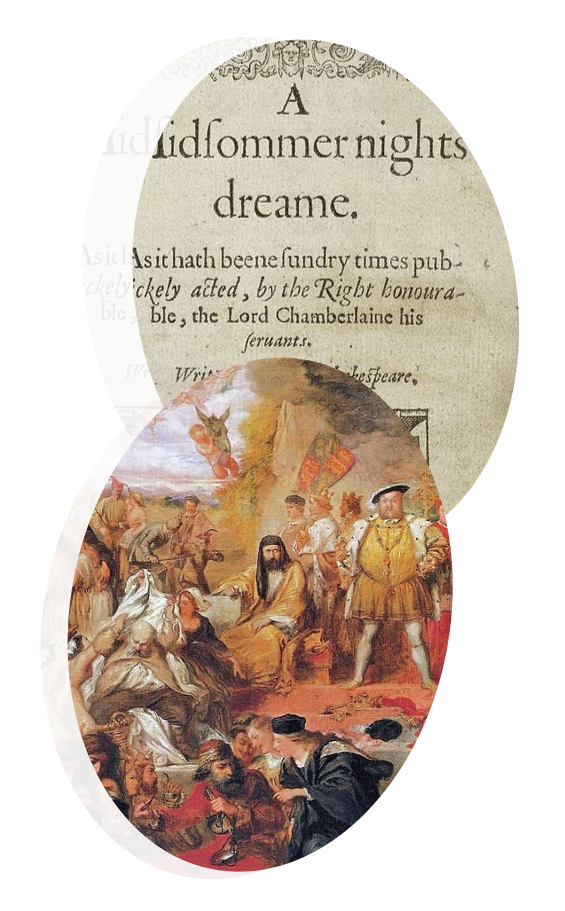
Did you know that you’ve likely used a Shakespearean saying without even realizing it?
One of the most common being “all’s well that ends well,” often spoken to conclude a possibly challenging or unpleasant situation that resulted in a positive outcome. This saying matches the play All’s Well That Ends Well, which explores moral and ethical dilemmas in combination with love and marriage.
Even more basic adjectives and verbs are said to originate from Shakespeare’s works. Alternatively, he’s repurposed them by meaning. For instance, using a noun in the place of a verb. Let’s look at a few examples:
Shakespeare uses a broad vocabulary to express characters’ thoughts, woes, joys, and scenarios. He applies the following narrative techniques to summon feelings of tension, omniscience, and humor to his work:
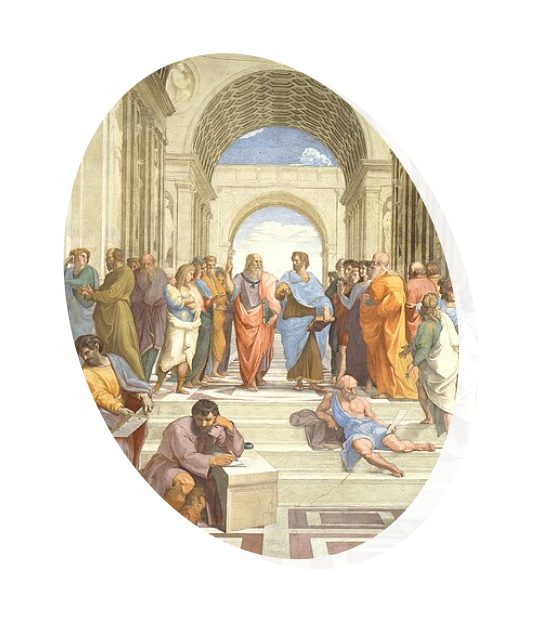
Influences &
Inspirations
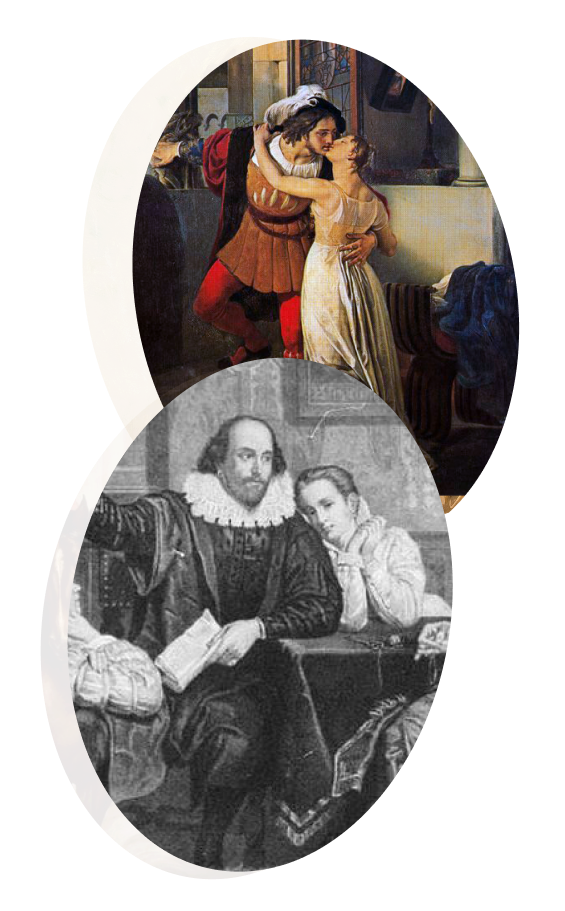
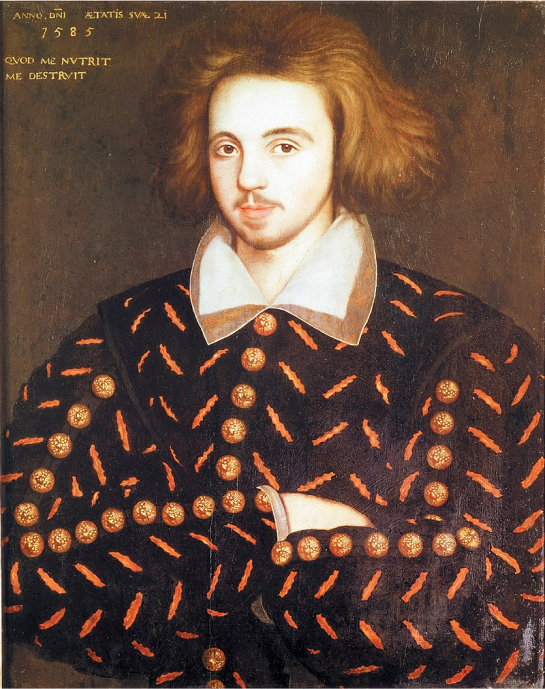
Christopher Marlowe
Born just two months ahead, Christopher Marlowe reigned in English literature and playwright before Shakespeare’s career came to fruition. Based in Canterbury, Kent, approximately just 70 miles from London, it’s possible the two crossed paths.
Both playwrights investigated stories surrounding real human emotion and the consequence of disruption, whether through violence, battle, jealousy, or betrayal. Marlowe was well known for conforming to blank verse–a non-rhyming verse with iambic pentameters. Shakespeare also used this format in each play.
Research implies that Marlovian literature’s creative depth encouraged Shakespeare to reevaluate his artistry, introducing elements of suspension and choice between right and wrong.
Marriage & Affairs
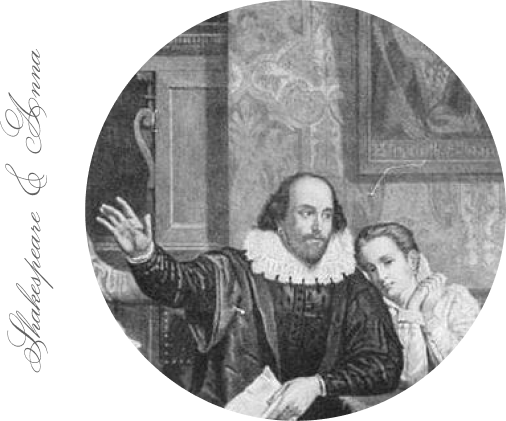
Shakespeare’s marriage to Anne Hathaway remains largely unclear, with the pair living apart for several years. Shakespeare pays little acknowledgment to his relationship in early accounts with his work. One of the only ties occurs during Venus and Adonis, where the older female tries to seduce the younger man, with some linking the age difference as representative of Shakespeare, 18, marrying Hathaway, 26.
During his time living in London, it’s thought that he encountered several affairs. It seems that he channeled his desires for women through his sonnets, with emphasis on the Dark Lady collection. This figure represents a married woman who sparks desire, temptation, and mystery, with quotes from 148 as “O me, what eyes hath Love put in my head, and 138, “Therefore I lie with her, and she with me, And in our faults by lies we flattered be.”
Sonnet 148
“O me, what eyes hath Love put in my head,
Sonnet 138
“Therefore I lie with her, and she with me, And in our faults by lies we flattered be.”
The Renaissance
The Renaissance period was a time of individualism, humanism, and skepticism. It was an era of newness and opulence. Much of the art originating from this era is elaborate, detailed, and colorful–Shakespeare encapsulates these components in his work through words and exploration of deep-rooted emotion.
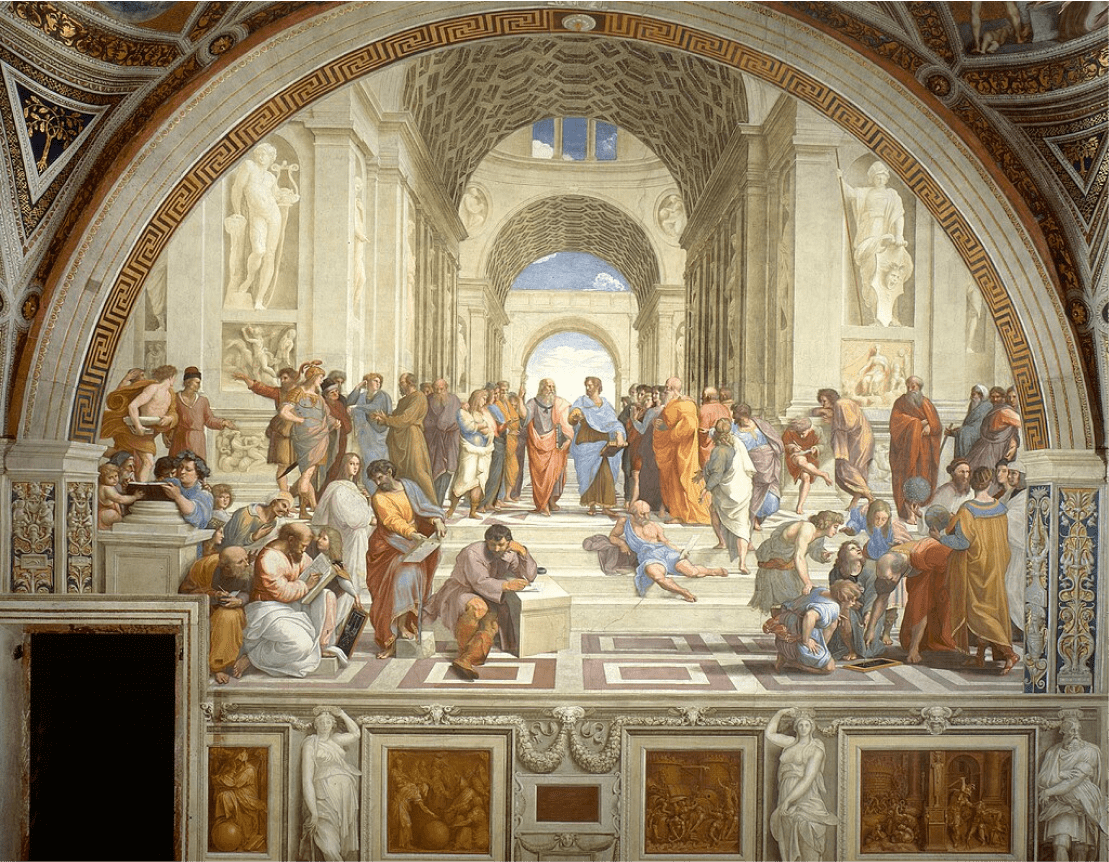
We see this via deep passion that defies family values in Romeo and Juliet, where life is not worth living without their love. Othello’s intense jealousy skews the vision of his beloved wife, resulting in her murder. Immense greed for power and land was prevalent in several monarchs.
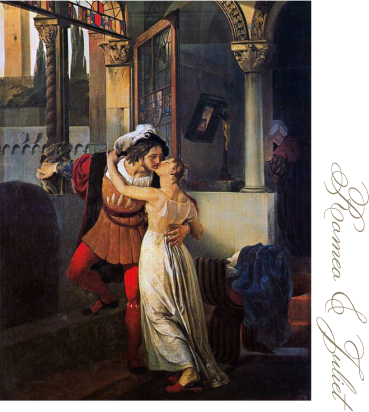
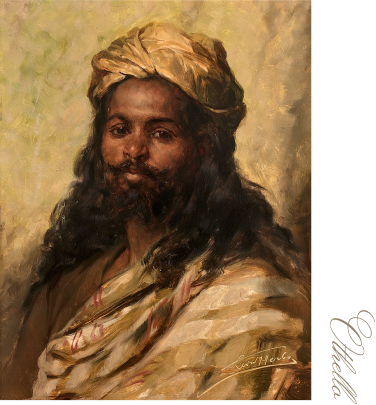
Themes aside, British theater had a remarkable influence on culture and the arts. During a gruesome illness, Shakespeare’s plays offered light to people suffering from the plague’s effects on society. It provided an escape and a reason to laugh. It contributed to the rebirth of the theater during a dark time, which is what the Renaissance was all about.
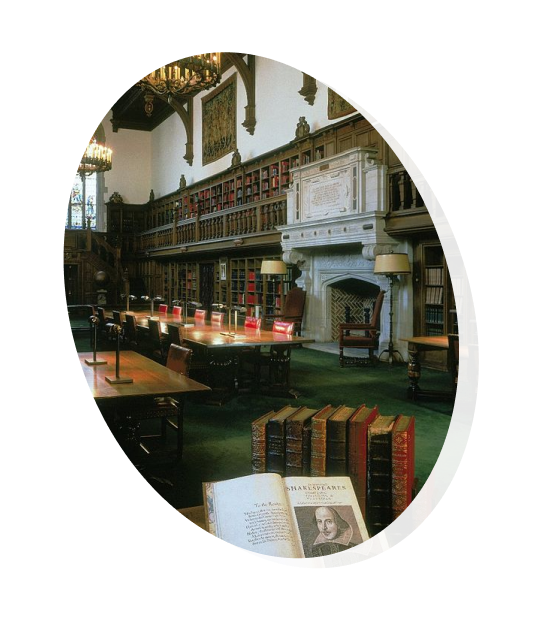
Legacy & Modern
Adaptations
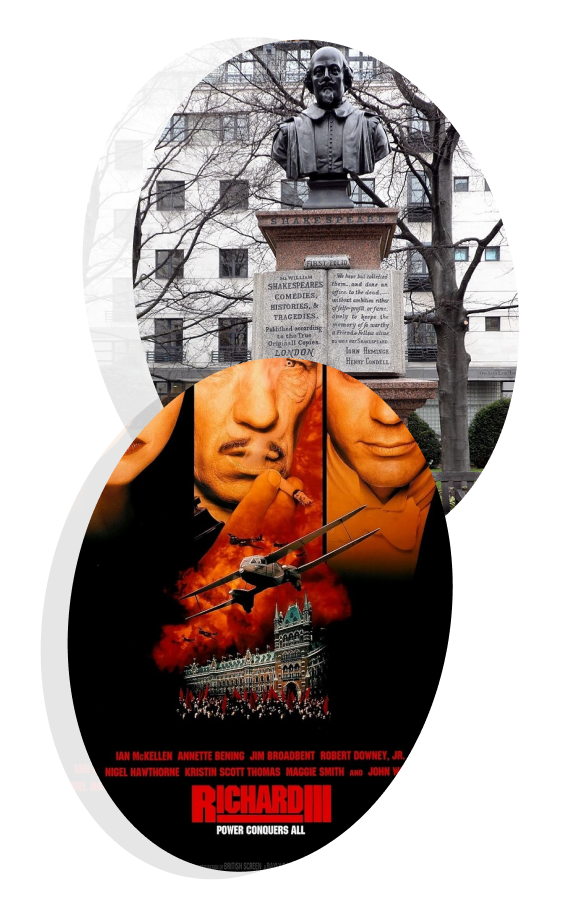
Although Shakespeare yielded top-class success in London, his popularity was minuscule compared to the worldwide phenomenon and academic focus he is now. Today, it’s common to see buildings, hospitality venues, and historic landmarks dedicated to Shakespeare’s name. Referring to peers as Shakespeare connotes an eloquent, well-educated individual.
Digitized media revolutionized how we, as audiences, engage with Shakespeare’s works, with film and television directors reenacting his plays. Let’s break down how his plays and poetry come into play today.
Modern-Day Theater
After his death, two actors from the King’s Men, John Heminges and Henry Condell, collected released and unreleased plays and published them through William Jaggard. Without these friends, some of Shakespeare’s work could have been lost forever. This naivety indicates that he was wholly unaware of his critical acclaim.
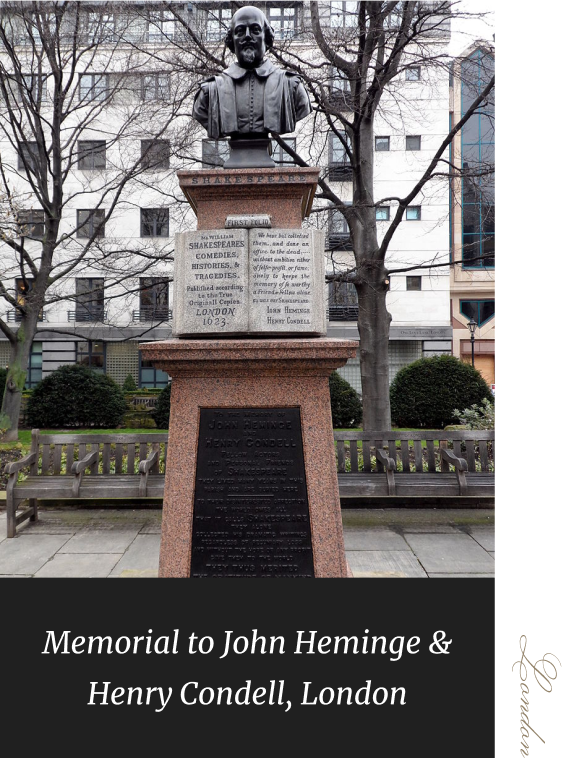
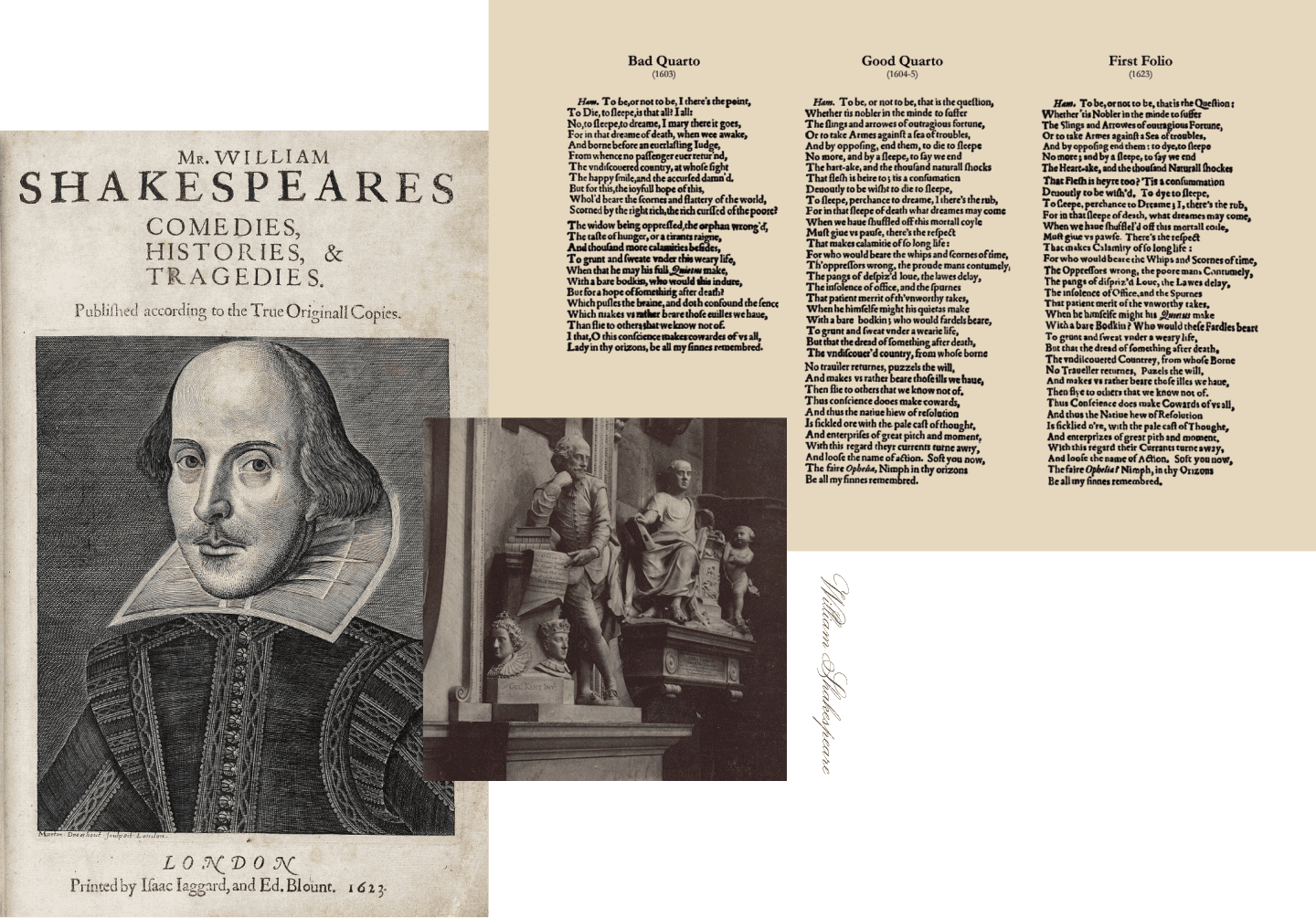
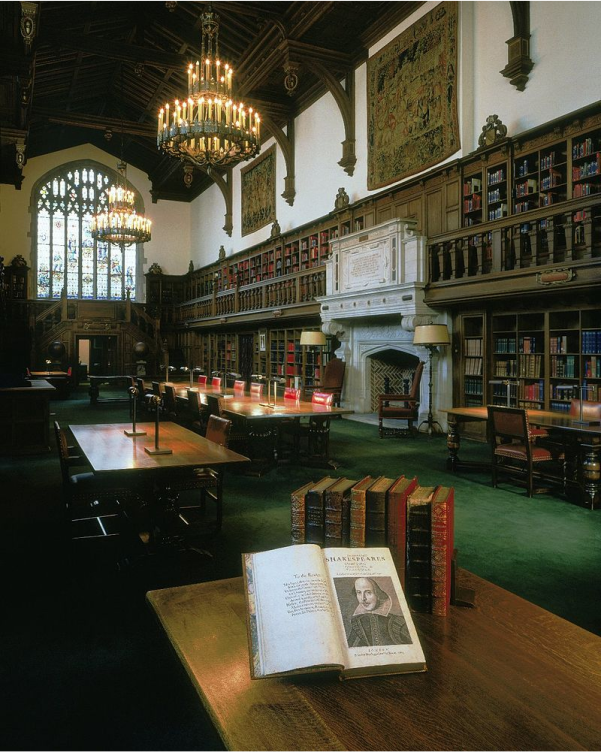
First Folio
To this day, theaters worldwide, primarily in the UK, still perform Shakespeare’s classics. Centers of culture and arts, like galleries, museums, and playhouses, exhibit key artifacts, such as his First Folio.
Several musicals on Broadway, including Rockabye Hamlet (1976) and West Side Story (1957), pull inspiration from Shakespeare’s classics, Romeo and Juliet and Hamlet. Producers, such as Shania Taub and Laurie Wolley, enhanced musical elements of plays like Twelfth Night and As You Like It, adding a new layer of immersion for a modern audience.
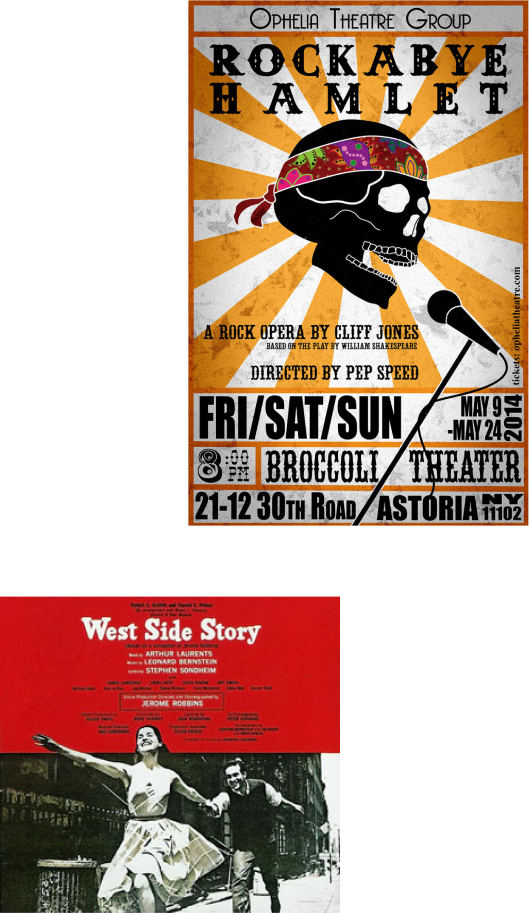
Contemporary Film &
Television
Baz Luhrmann’s Romeo & Juliet
Baz Luhrmann’s Romeo and Juliet, starring Leonardo Di Caprio and Claire Danes, is one of the most successful cinematic adaptations of Shakespeare’s most-known classic. As an auteur in his own respects, Luhrmann channels opulence valued by the Renaissance through over-the-top, quirky costumes that reflect the character’s traits and motivations.
Tybalt, for example, dressed in red latex with devil horns, portraying him as a villain. The film pays homage to traditional chivalry as Romeo dresses for a fancy-dress party in classic night chainmail and Juliet as an angel.
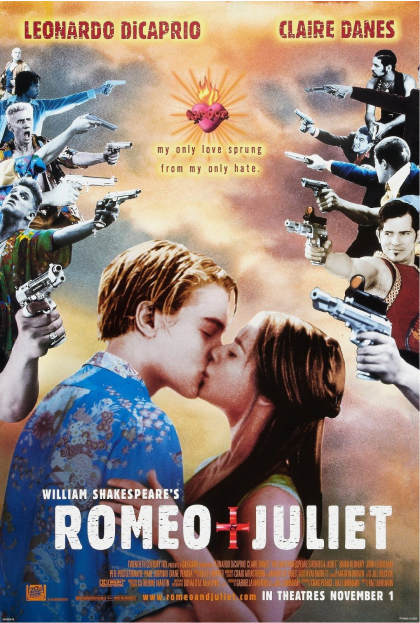

Leonardo Di Caprio

Claire Danes

Baz Luhrmann
This inspiring adaptation is set in the modern day with current visuals, like guns, cars, and mobiles. Luhrmann cleverly preserves the original script, with characters speaking in a Shakespearean tongue. A contemporary soundtrack featuring tracks like Radiohead’s Talk Show Host and Kissing You by Des’ree accompanies dialogue from 16th–17th century England. It enables modern audiences to connect with two of Shakespeare’s most iconic duos in a totally new way.
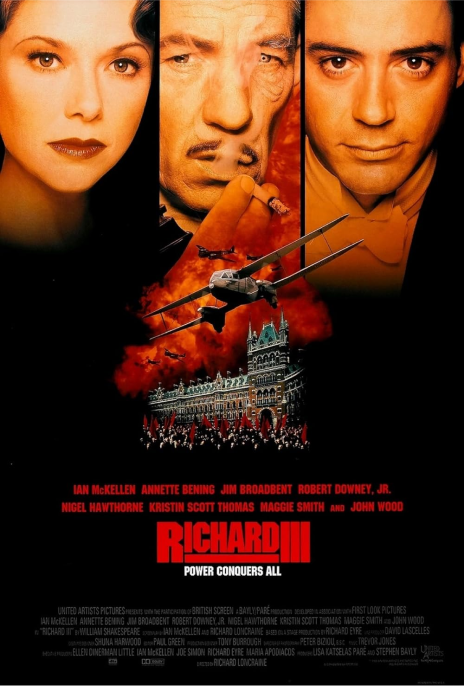
Richard III by Richard Loncraine
Richard III by Richard Loncraine is another film that transports the play’s original 16th-century context to 1930s fascist England. Ian McKellen leads with a villainous performance encapsulating King Richard’s cruel and cunning traits. McKellen sometimes breaks the fourth wall and speaks directly to the camera, reminiscent of the way actors deliver speeches in live plays.
Shakespeare in
School
Schools across the UK, US, China, Brazil, and other countries study Shakespeare’s work. Students of drama, English literature, and languages learn the narratives, literary devices, themes, and messages behind the text.
Literature and history students may read between the lines and look for the deeper meaning behind dialogue for clues on Shakespeare’s life and beliefs or learn more about the characters’ deeper feelings, foreshadowing, or political statements. Meanwhile, drama students may delve deeper into the emotions, actions, and personalities of characters to deliver an accurate representation of the story.
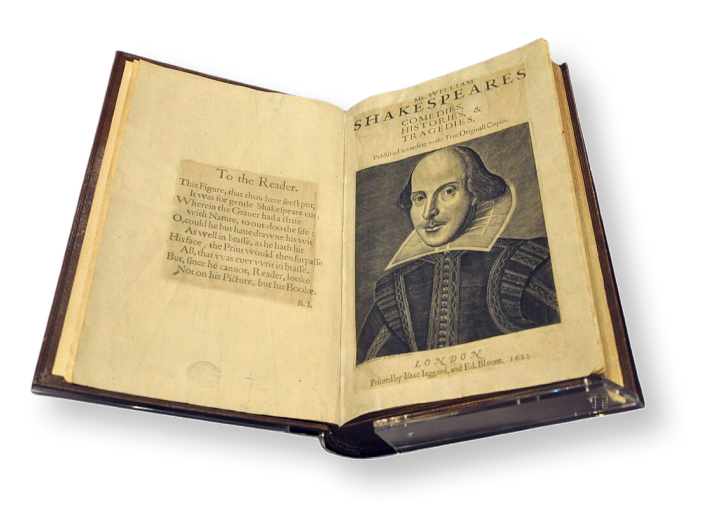
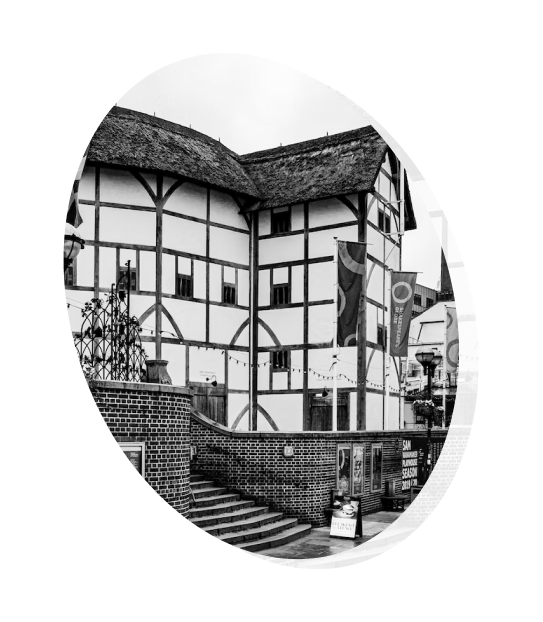
Shakespearean
Theaters:
Then & Now
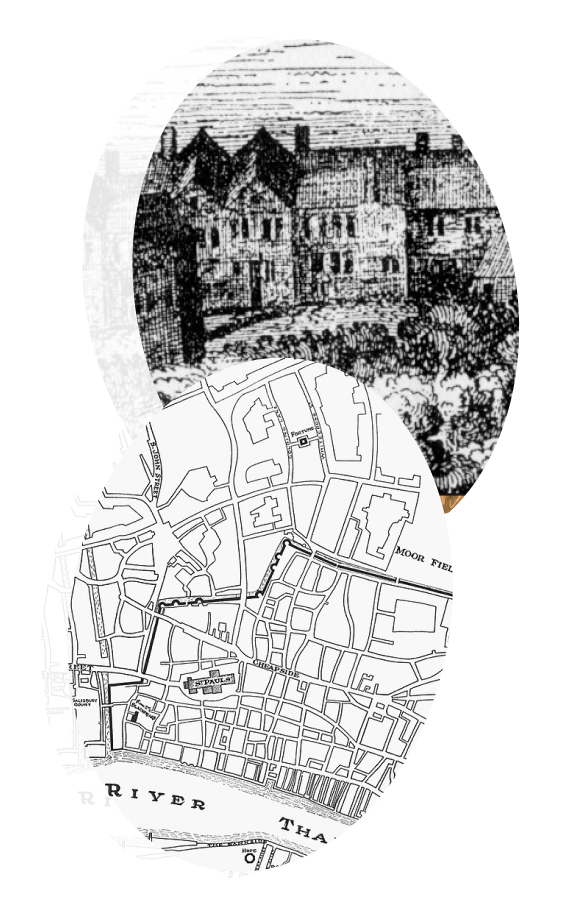
The Globe Theater
Shakespeare’s greatest plays were performed at the Globe Theater, originally in Shoreditch. It was later reconstructed in Southwark by the River Thames following a fallout with the Queen, causing the deconstruction of the original structure.
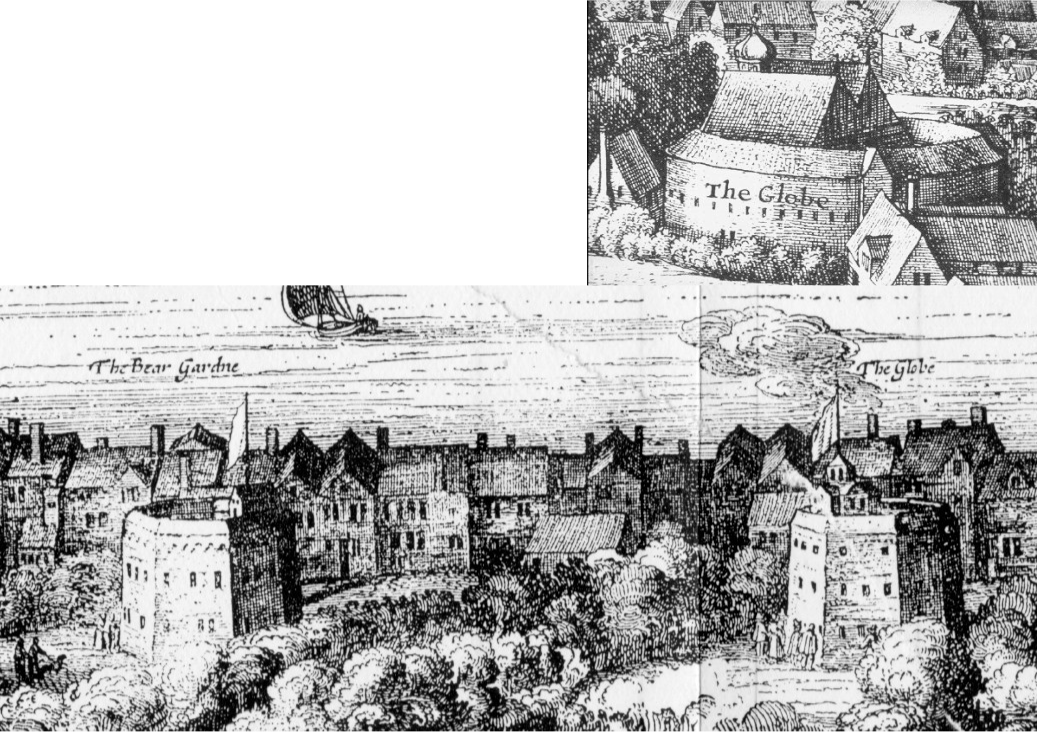
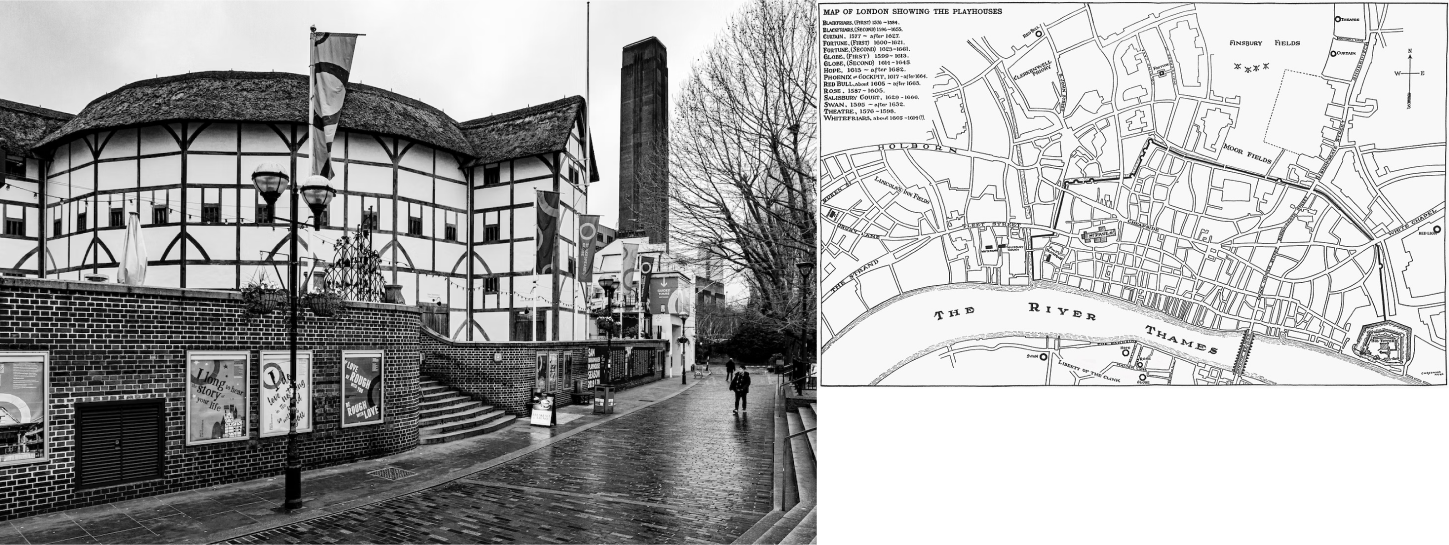
As a resident playwright at Lord Chamberlain’s Men, audiences flocked to the iconically round auditorium for Shakespearean classics like Othello, Macbeth, As You Like It, and Hamlet. Shakespeare’s wit and characters with depth honed significant success–his name alone became the unique selling point attracting audiences from across London.
The Globe’s fall came towards the end of Shakespeare’s career while actors performed his Henry VIII. During Act 1, a cannon shot announcing the King’s arrival sparked flames on the thatched room, setting the entire theater ablaze.
This theatrical landmark not only pinpoints London’s successful performing art landscape but symbolizes Shakespeare’s print on English literature. The third construction of the Globe took place in 1970 and, to this day, welcomes spectators to celebrate Shakespeare’s poignant work.
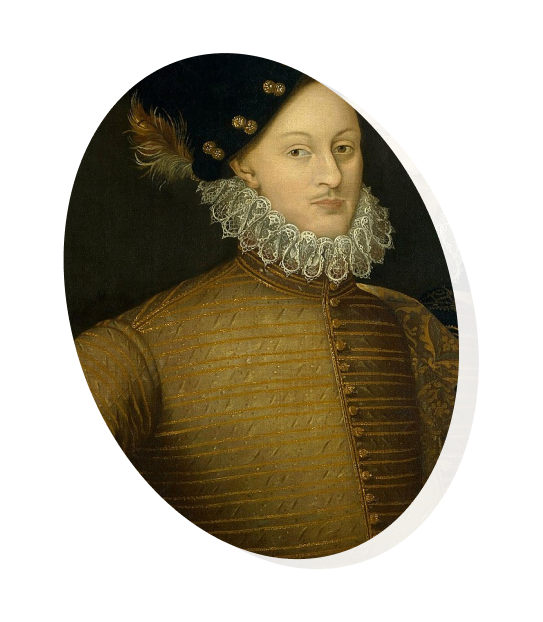
Criticisms &
Controversies
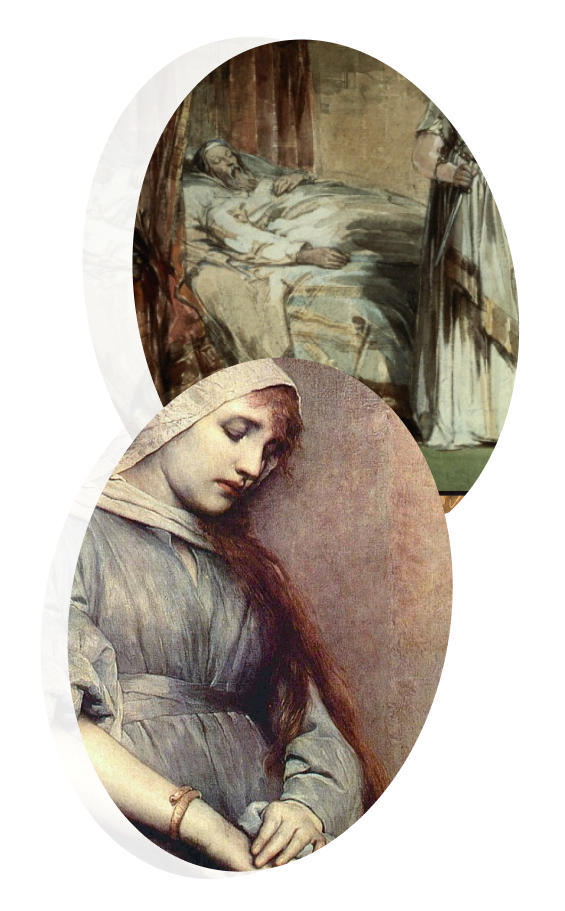
Traditionally, women were perceived as softer, more sensitive individuals defined by their father or husband’s assets and status. Shakespeare commonly defied these stereotypes by providing leading female characters with excellent wit, persuasion, and power.
Lady Macbeth
Lady Macbeth, for example, plants subtle seeds altering her husband’s perception of right and wrong. She’s portrayed as a headstrong character with an agenda of her own. Shakespeare offers her greater control over her destiny while exploiting Macbeth’s flimsy self-discipline. She seizes key opportunities to take power without displaying greed or violence herself.
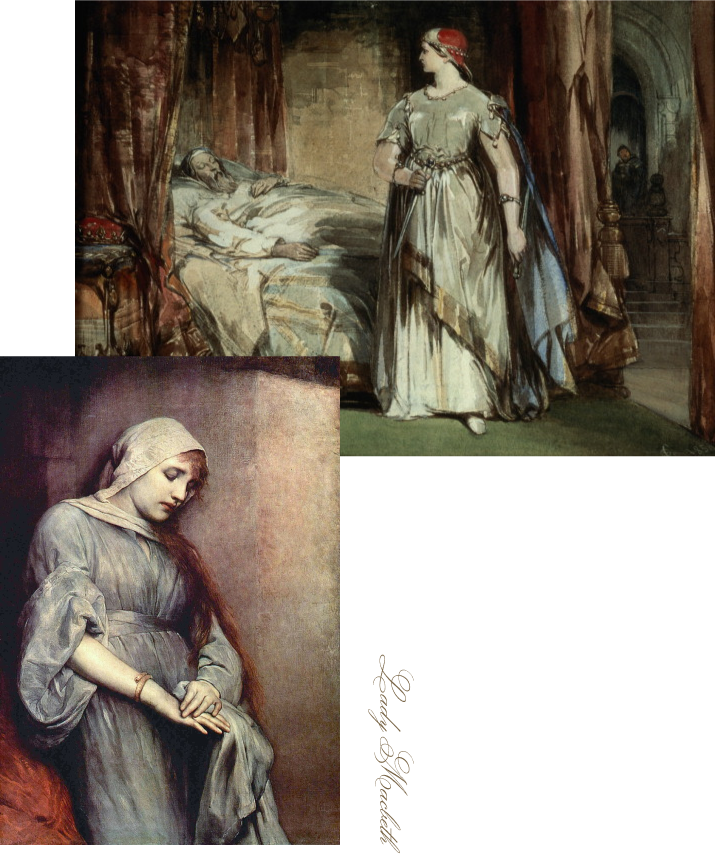
Other controversies speculated as to whether Shakespeare was the true owner of all of his plays and poems due to the lower level of education he received compared to the advanced nature of his writing. People couldn’t comprehend his ability to capture raw human emotion and tribulations of relationships so accurately. Similarly, no reports confirm his travel to the locations where his plays are based, leading people to question his imagination.
Theorists suggested that Francis Bacon and his peers wrote Shakespeare’s plays. People supported the idea of Bacon because he was a philosopher with highly regarded qualifications, filling the gaps that people identified in Shakespeare.
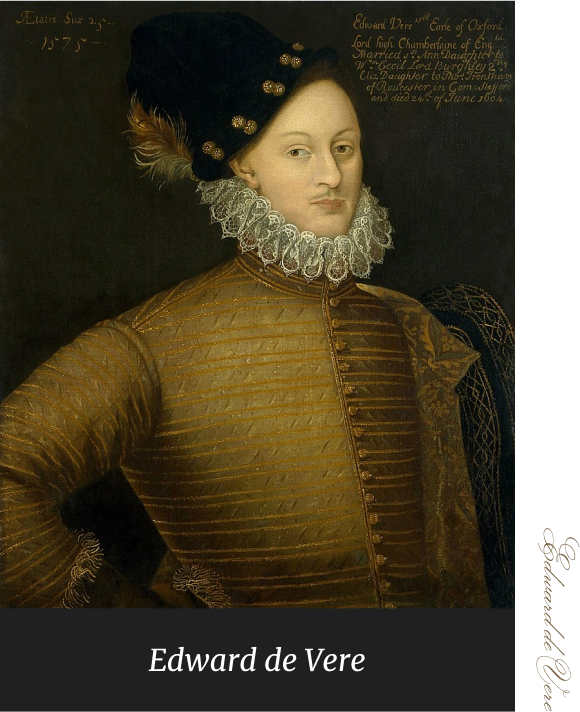
Some theories also suggest that Shakespeare was a front–the person behind the name being Edward de Vere, the 17th Earl of Oxford. Shakespeare became an alias to protect his anonymity and position in the house of Elizabeth I.
Counteractive arguments point towards consistent authorship and reference to William Shakespeare as a playwright, poet, and actor throughout time. These acknowledgments are present in officially printed plays and legal records.
His association with such a large and familiar company, Lord Chamberlain’s Men, meant he collaborated with countless creatives at all stages of his plays’ productions. It’s unlikely that plays attributed to another person or group would have gone undetected hundreds of years after his death.
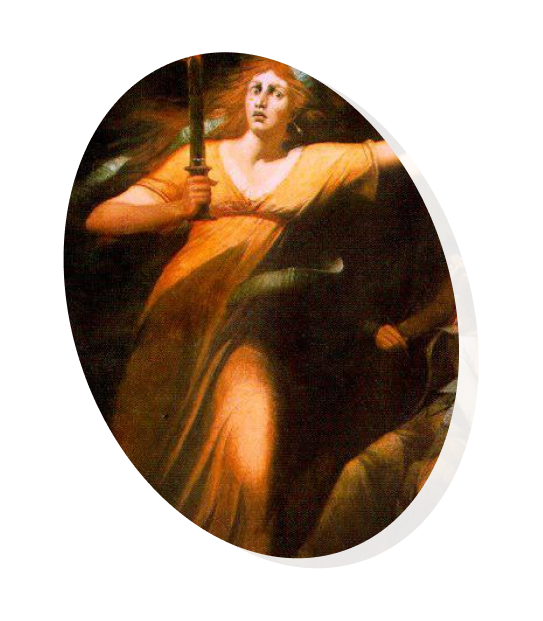
Conclusion
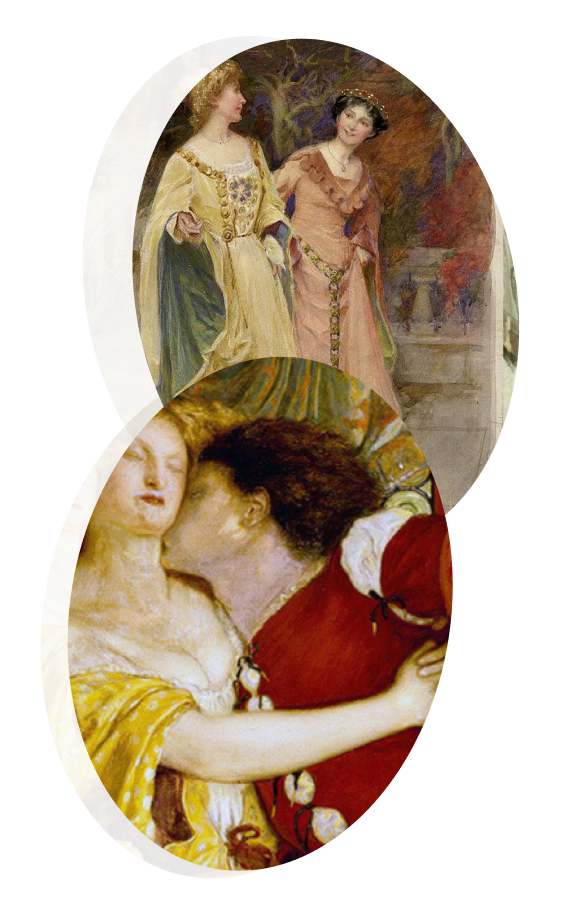
Shakespeare’s enduring influence on literature, performing arts, and culture is undeniably the greatest in English history. He explored intricate relationships, inner and outer conflicts, and a wide array of human emotions in his works, making them timeless and universally relatable.
Shakespeare’s early life was exposed to the morbid reality of the bubonic plague, setting the foundation for his understanding of human suffering and tragic ends. Learning Latin from an early age and exploring the arts in an academic setting helped him build a rich and diverse vocabulary to communicate his beautifully detailed ideas.
His exceptional talent marked his rise to fame in the London theater scene for telling historical, tragic, and comedic stories that resonated deeply with the audience. His iconic works consistently explored themes of love, betrayal, jealousy, power, and wit.
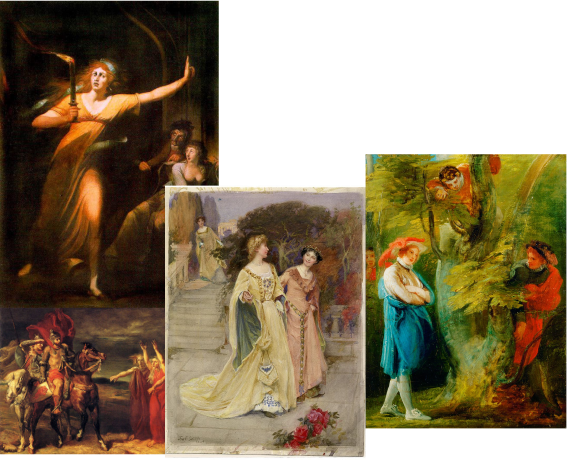
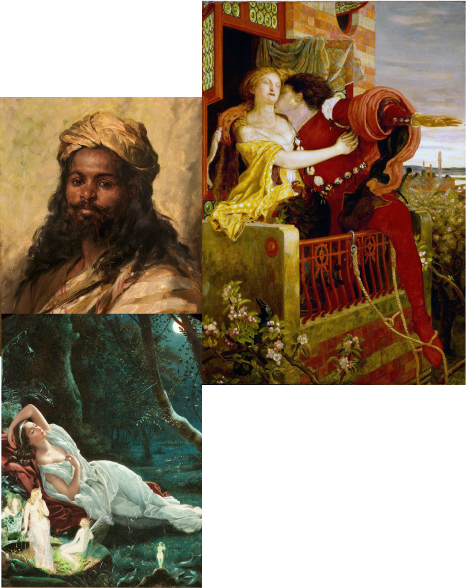
Maintaining massive influence on modern literature for hundreds of years is enough to prove that Shakespeare’s contributions to performance and writing are immeasurable.

Enjoy Theater
Seating Shakespeare
Would Approve Of

As we conclude our journey through the inspiring life and legacy of William Shakespeare, we look to opportunities that help us stay in tune with his works. Film and television adaptations provide a glimpse into the dialogue and stage play spectators of the time loved so much.
Between the 1500s and 1600s, theater was considered a luxury. Now, it’s much more
accessible. The TheaterSeatStore has redefined luxury in theater, enhancing your home viewing experience.

Check out its full range of sofas and sectionals that’ll have you melting into its soft yet supportive padding. Sit back with the power recline and headrest and immerse yourself in the King of Theater’s most iconic works.

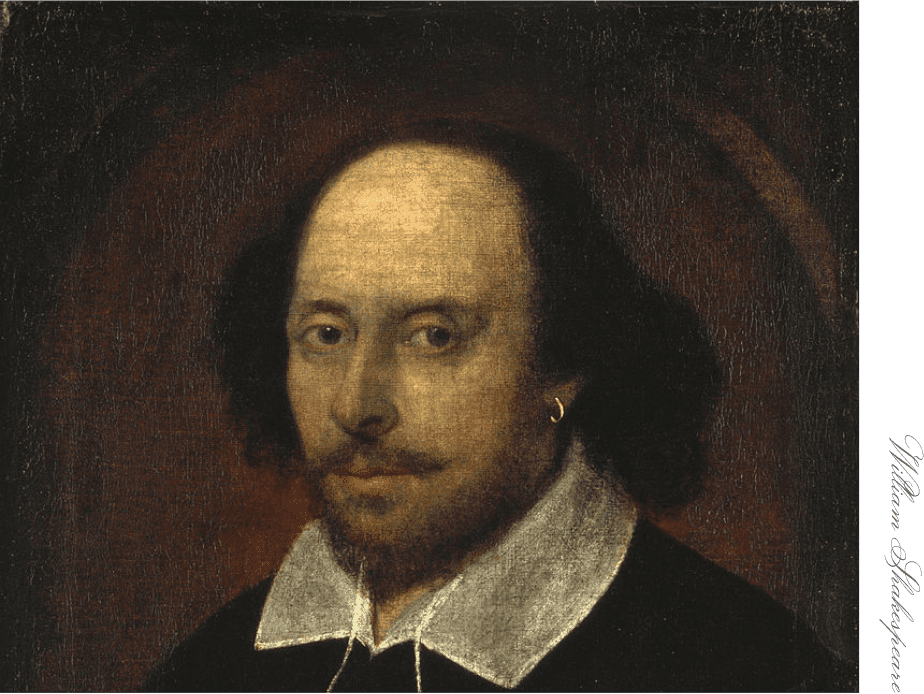
Which Shakespeare pieces resonate with you the most? Let us know which themes, poems, plays, and sonnets mean the most to you.

